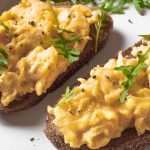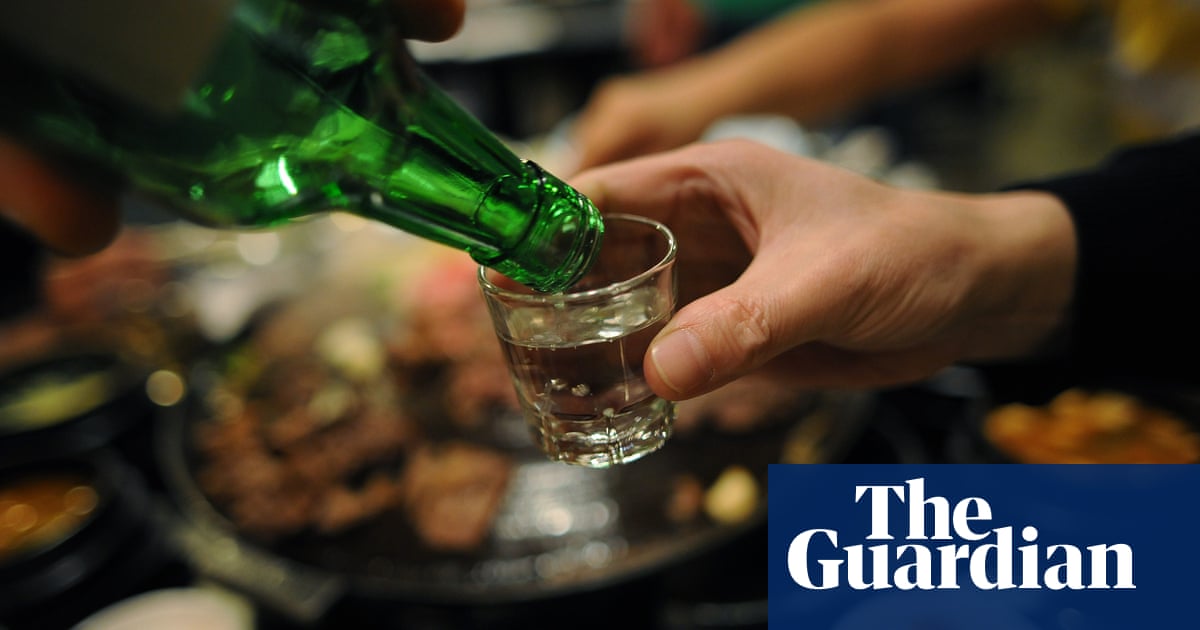Thanks to Reddit (a phrase I’ve broken the glass on more times than I’d care to admit), I’m aware that Lidl now sells soju. That makes three out of the big six selling Korea’s national drink, which is solid proof that supermarket buyers now feel that soju is popular enough to shift plenty of the stuff.
But I think it’s deserving of even more attention than that. Soju, meaning “burned liquor”, is a clear, rice-based distilled liquor that dates back to the Three Kingdoms period in ancient Korean history. It’s traditionally made from rice fermented with nuruk, a Korean grain-based starter but, due to staple food shortages, sweet potato and tapioca were later introduced to strengthen the alcohol.
“Soju was a rather muddled and indistinct drink compared with its competitors,” says Marie Cheong-Thong, of The Larder at 36, who was recommended to me as a brilliantly knowledgable soju expert. “Shochu from Japan was cleaner, smoother and gave you fewer headaches, whereas China’s baijiu, with an ABV up to 53%, could ‘hit the spot’ cheaper and faster.”
Soju is commonly drunk neat, well-chilled and straight from a shot glass; the bottle is also commonly shared – you pour for others using both hands and, according to tradition, you never pour your own.
But, as ever, new ways to enjoy the drink are being introduced to meet new trends in drinking. “Korean drinks brands are very innovative,” Cheong-Thong explains. “In the past few years, new product lines have slipped in: fruit infusions [which are especially popular], lower ABVs, fun labels targeting younger generations. By creating a single-serving flavoured drink, they’ve changed the soju game.”
This so-called “green bottle soju” is the most widely available in and around the UK, and you can get it at Sainsbury’s, Tesco and, now, Lidl. The most prevalent brand over here, and by quite some way, is Jinro, Korea’s biggest-selling soju. And judging by that distiller’s presence at various music festivals over the past couple of summers, it’s definitely trying to tap into that younger audience Cheong-Thong refers to. At such events, the soju is usually served as a half-bottle, and in a paper cup, then topped up with ice. It makes sense, too, not least with the rise of alcopops and the small-format boom (these days, it sometimes feels as if everything is being put in a can or bottle).
Soju is also being mixed into cocktails (Câv in Bethnal Green, east London, for example, mixes peach soju into a gimlet, while gin, sweet vermouth and berry soju are combined at Bristol’s Bokman); I’m told that adding it to beer (somaek) is particularly delicious, too.
That said, I’d love to see similar attention paid to more artisan, premium, smaller-production sojus, particularly on the part of boutique drinks retailers. To any importers reading this, would you make this happen, please? Further research is required.
Four sojus to savour
Jinro Green Grape Soju £6 Tesco (350ml), 13%. An eternal favourite: crisp, crunchy and fresh.
Lotte Chum Churum Yogurt Soju £5.75 Starry Mart (350ml), 12%. Inspired by a famous yoghurt cocktail. Creamy, sweet, sour.
Jinro Plum Soju £4.49 Drink Supermarket (350ml), 13%. A great one for stirring into cocktails that require the sweet tang of plum.
Hwayo 41° Soju £42.99 Korea Foods (500ml), 41%. A popular premium soju: incredibly smooth, clean and great with fish dishes.












